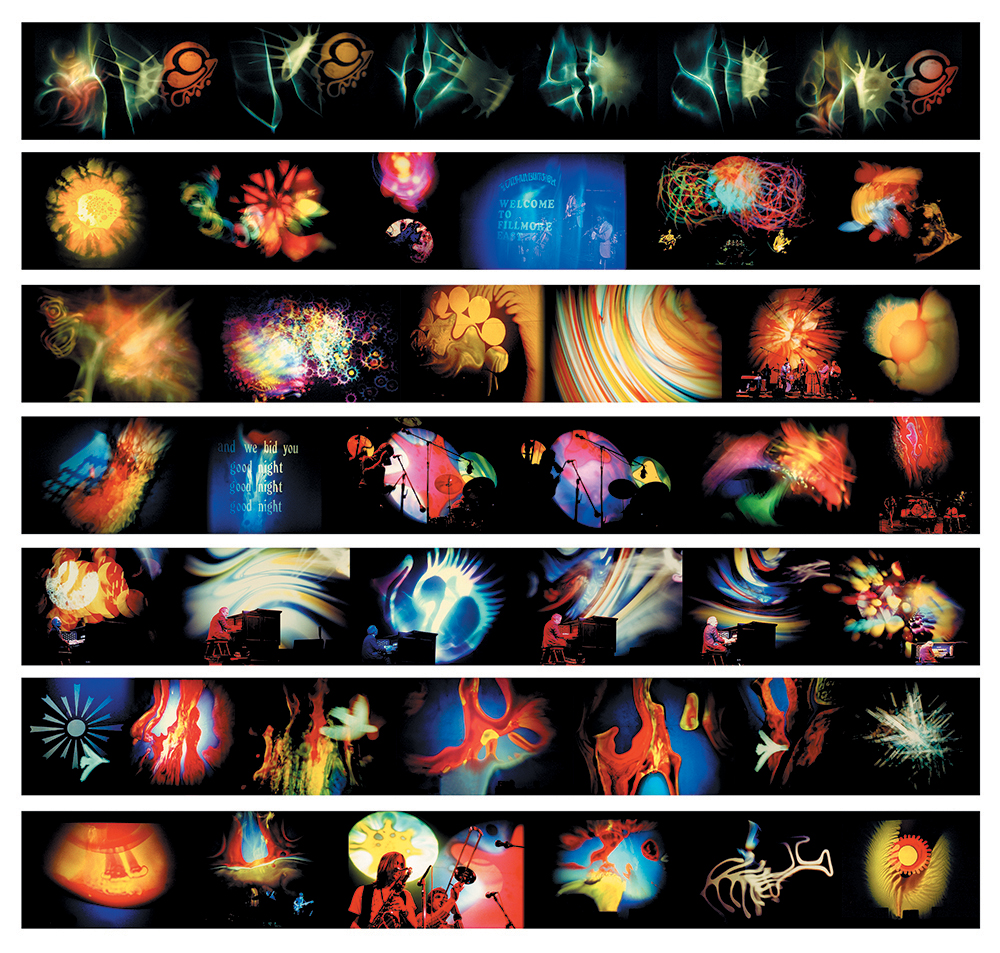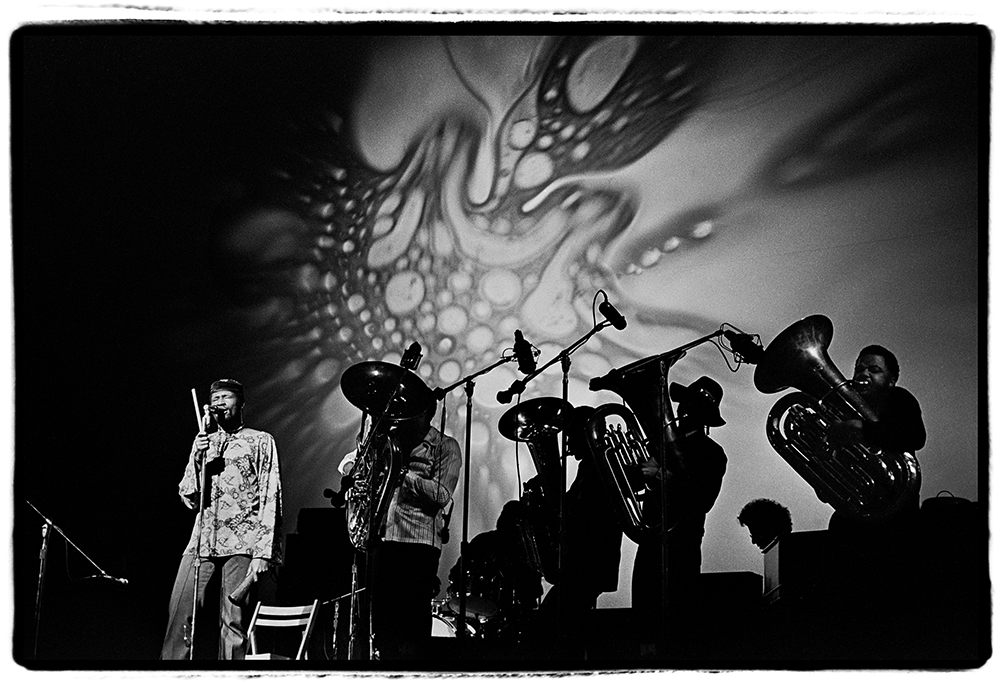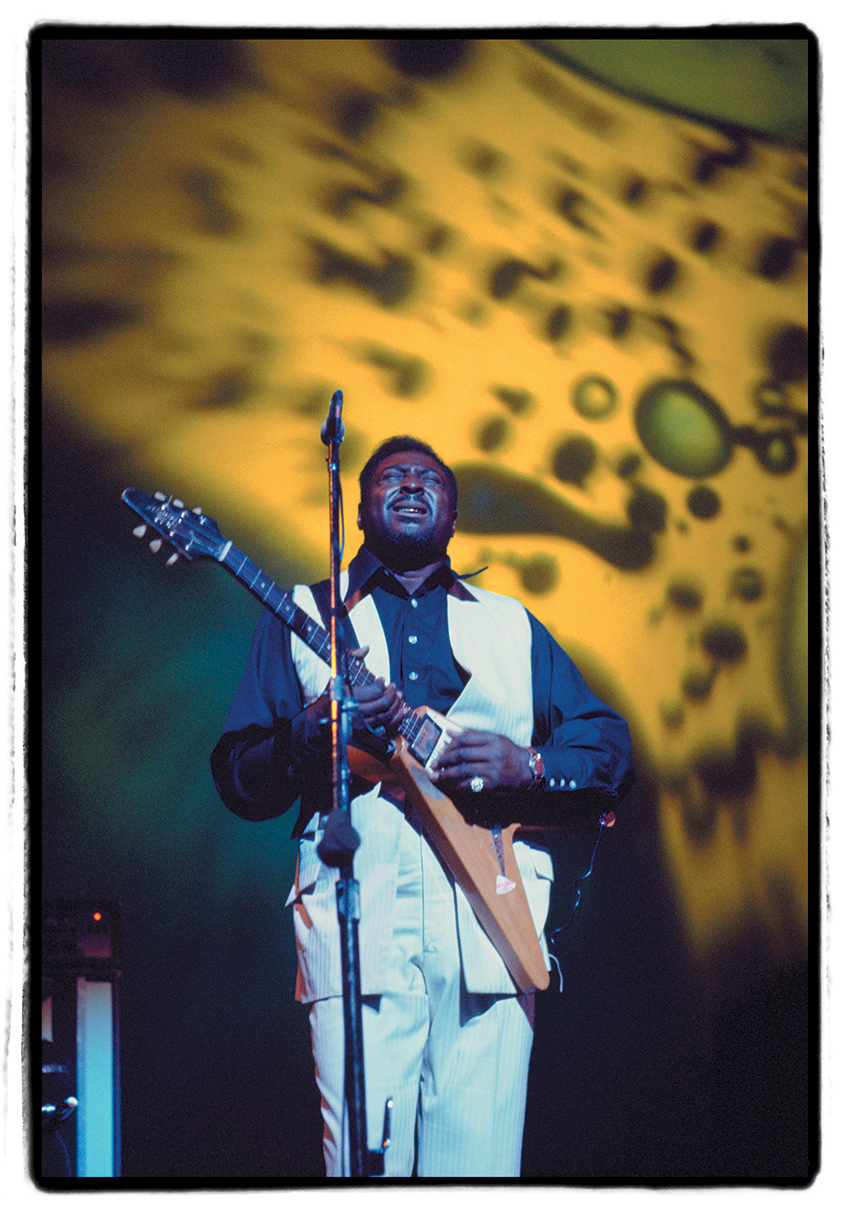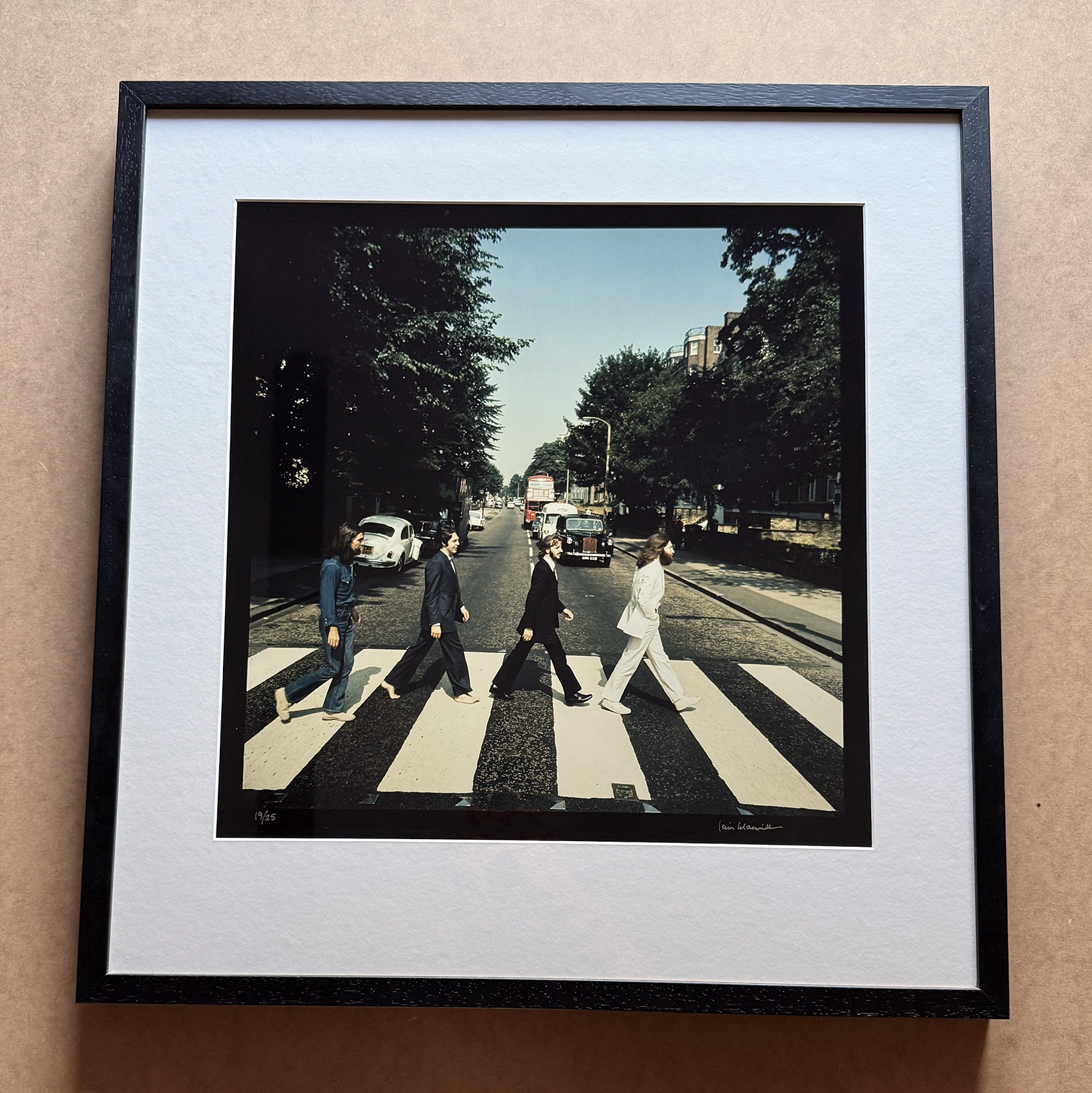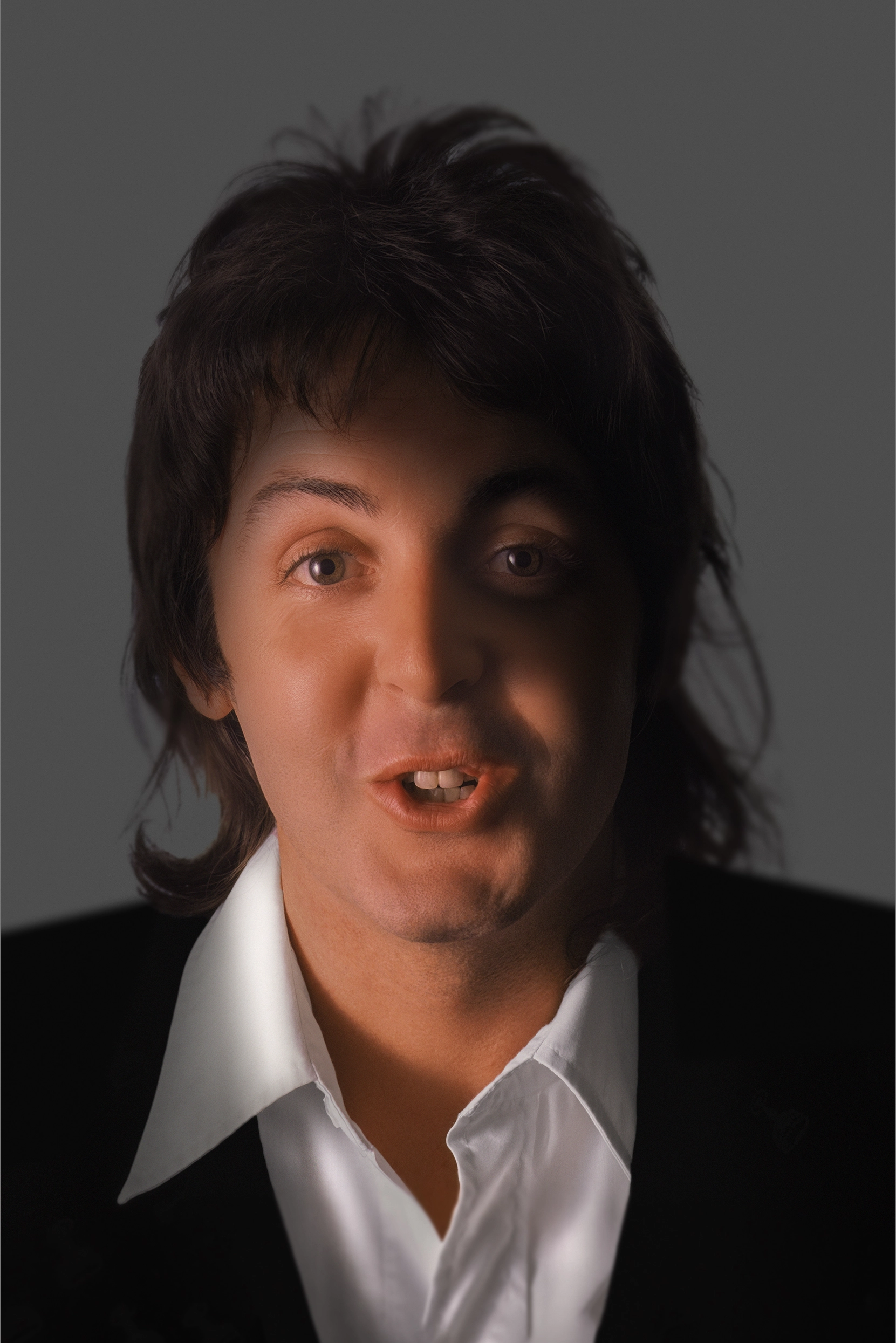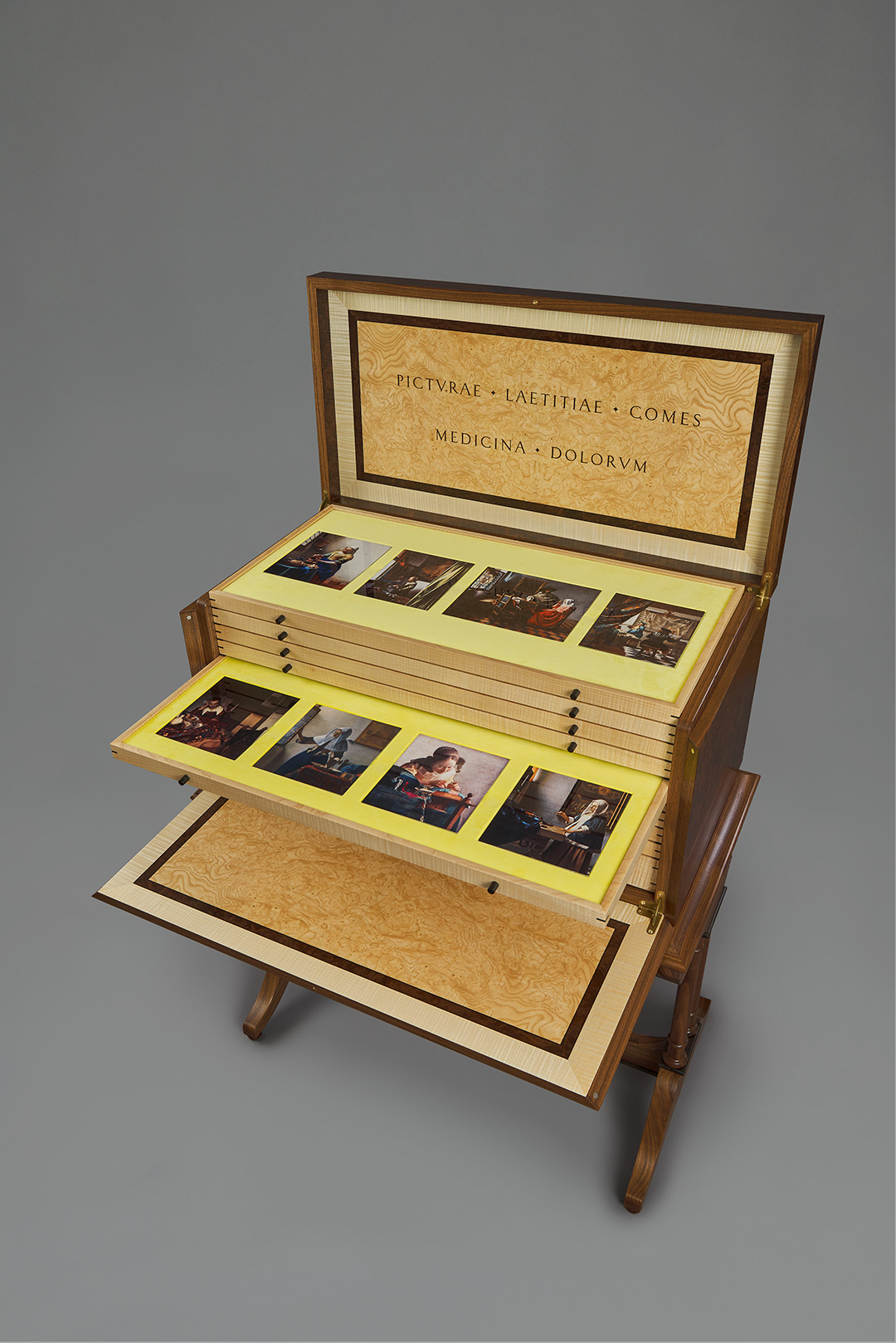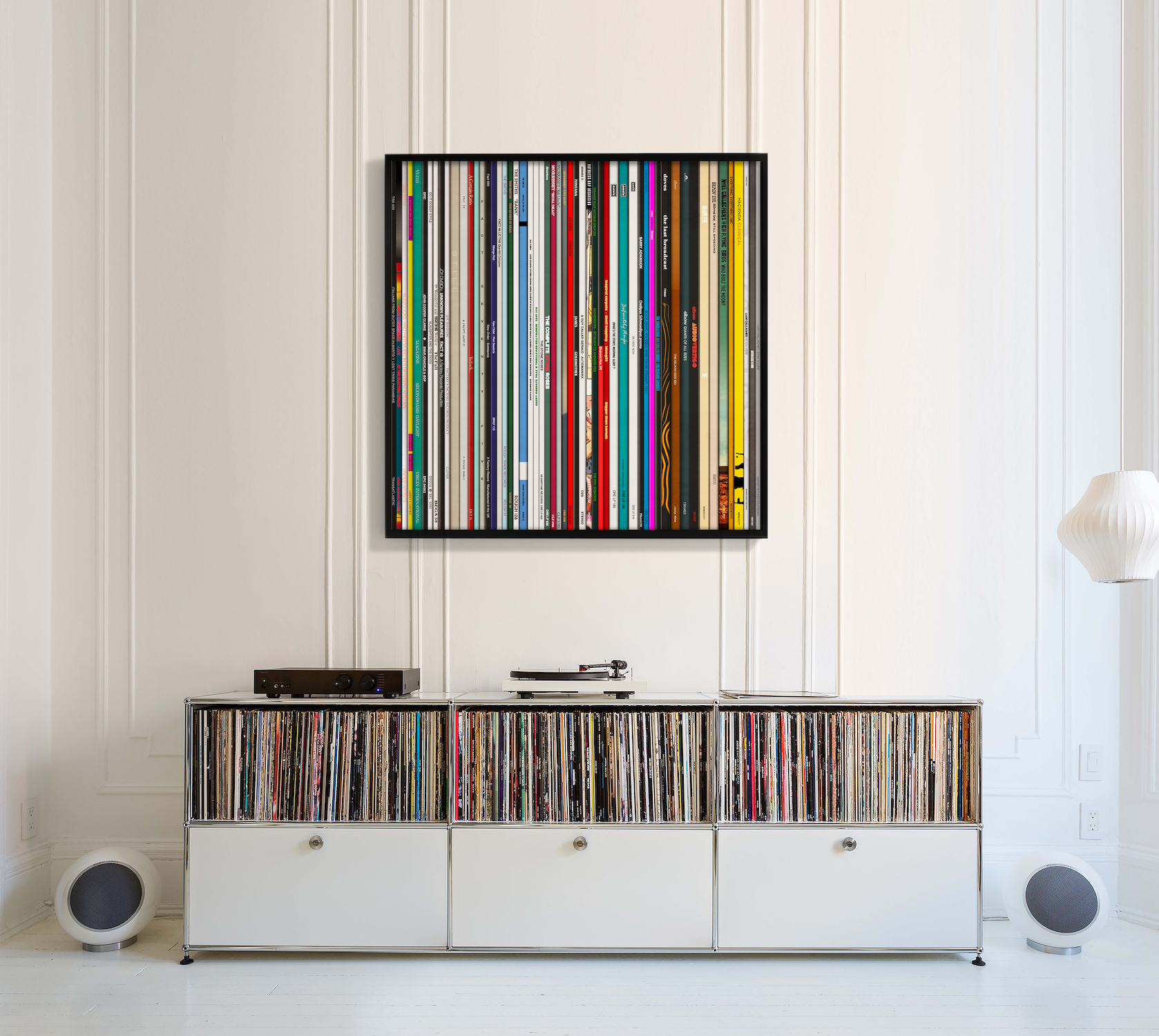Amalie R. Rothschild was the unofficial in-house photographer at Bill Graham’s legendary Fillmore East venue in New York’s East Village from April 1969 until its final marathon concert on 27 June 1971. She explains: “I was privileged to have total access to the Fillmore East: out front, backstage, in the wings and in the inner sanctums of sound and light production.”
Nothing defined psychedelia in visual terms like the light shows of the late-sixties, and the Fillmore East light shows were particularly innovative and spectacular, experimenting with revolving coloured gels, slide projectors, Super Trouper spots, strobe lights, dimmers and other new and dramatic ways of coordinating the lighting with the music. The lighting team were just as much performers as the musicians onstage. Amalie explains: “In a sense they were puppeteers – but their puppets were fleeting intangibles projected on a screen.”
The Joshua Light Show, name after its director Joshua White was arguably the best in the business and received separate billing on the Fillmore East marquee. Each light show required the expertise of half a dozen or more artists to perform. Every effect was produced by rear projection. The equipment – four tons of it – was set up backstage on two platforms attached to the rear brick wall and aimed at the back of a huge screen about twenty feet away. The imagery was projected on to the screen, which formed the backdrop to the stage itself. The audience saw the images coming through it on the other side.
Amalie’s spectacular photographs capture the full living breathing rock theatre of these light shows. The photographs posed technical challenges for her, as she explains: “I found photographing the light shows an enormous challenge. The light show screen spanned the whole stage, and the swirling colours seemed to leap out and enfold the entire theatre. Given the limitations and light sensitivity of the fastest colour film of the time, there was no real way of capturing this all-embracing effect. In the photographs, the light show images seem concentrated at one central point of the shadowy screen, emerging like vignettes from darker, shadowy margins that frame the shots. Still, I think the images capture some of the immediacy of an experience that even the best of today’s hi-tech light shows cannot quite match.”
We have included a selection of Amalie’s photographs with spectacular light effects, including a multi-image montage piece which combines light show images from a number of concert performances.
Amalie’s work is available to purchase in signed and numbered limited editions.

